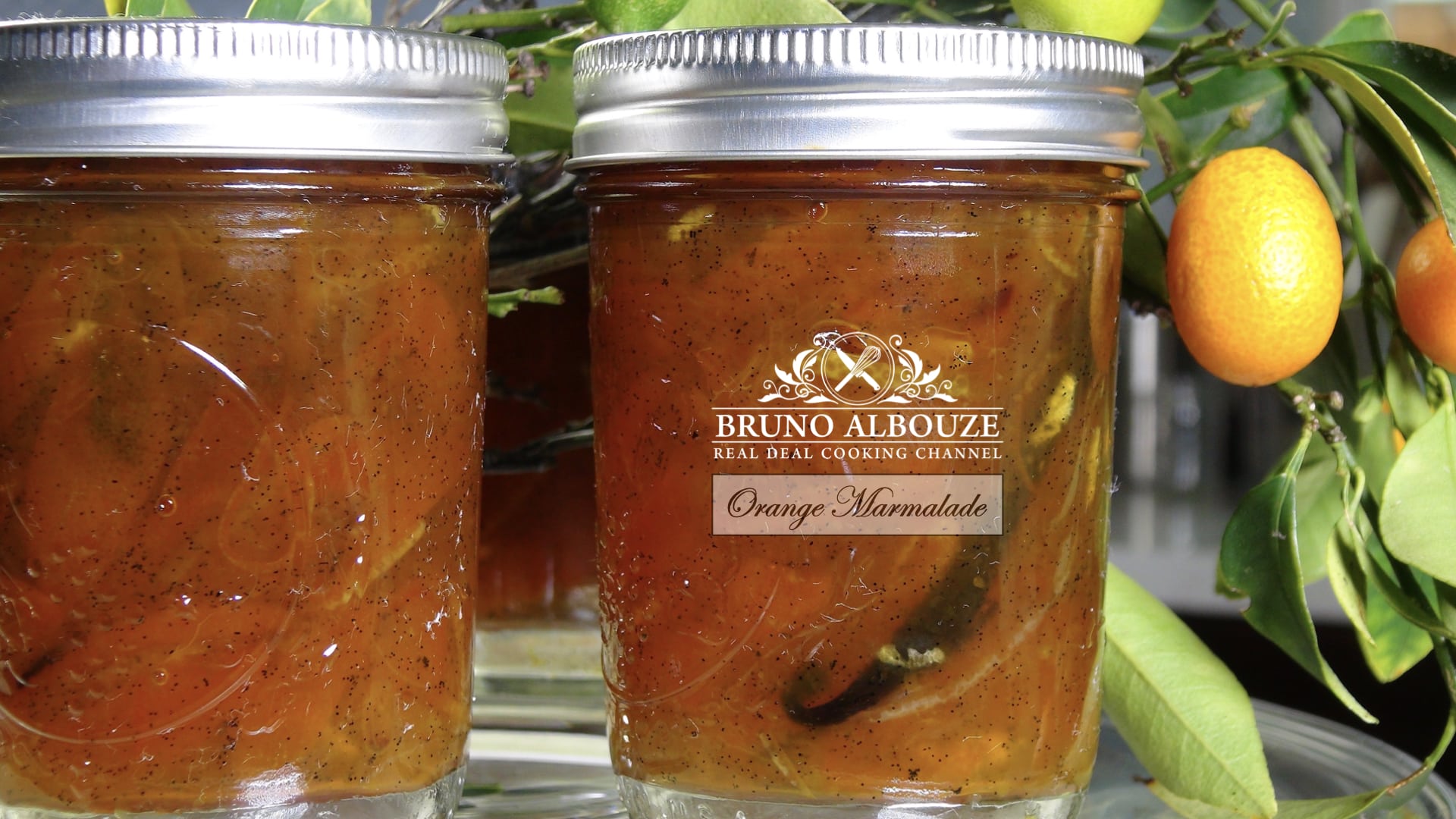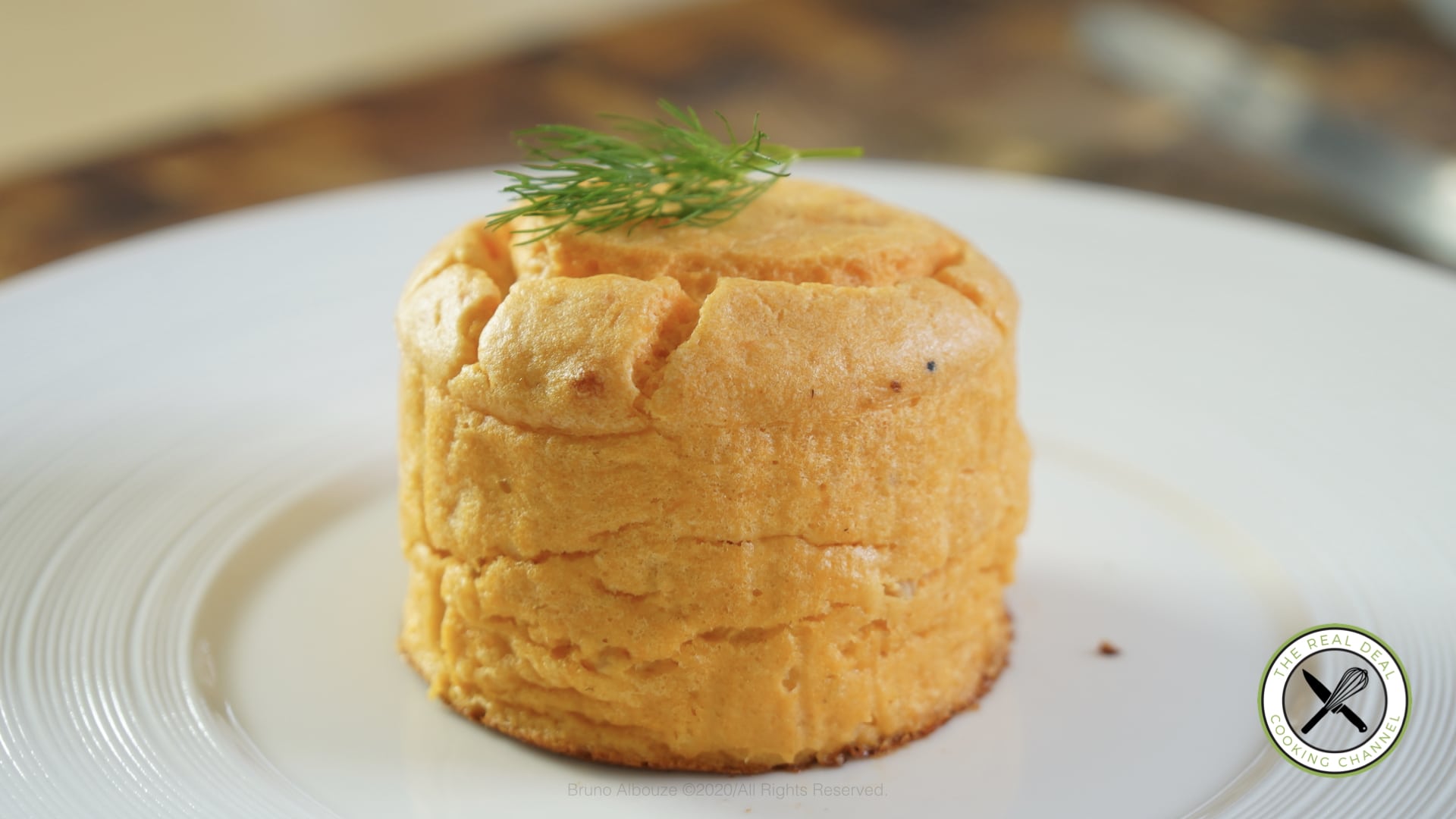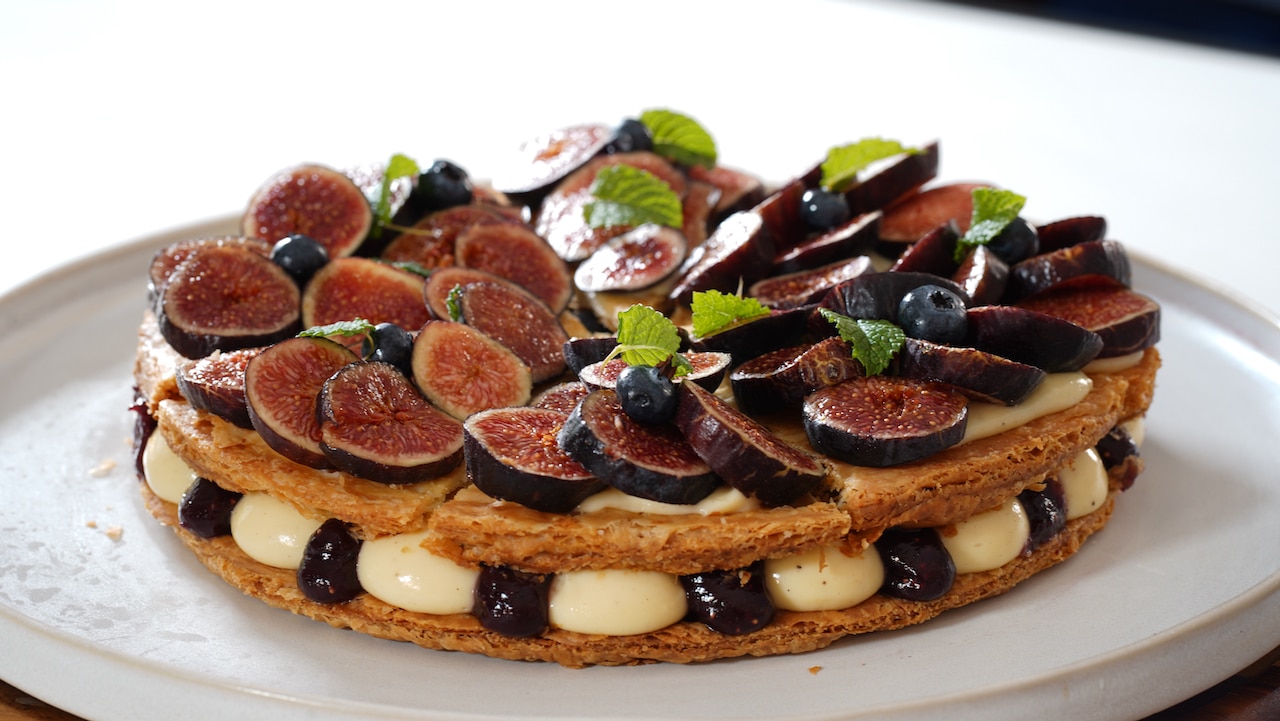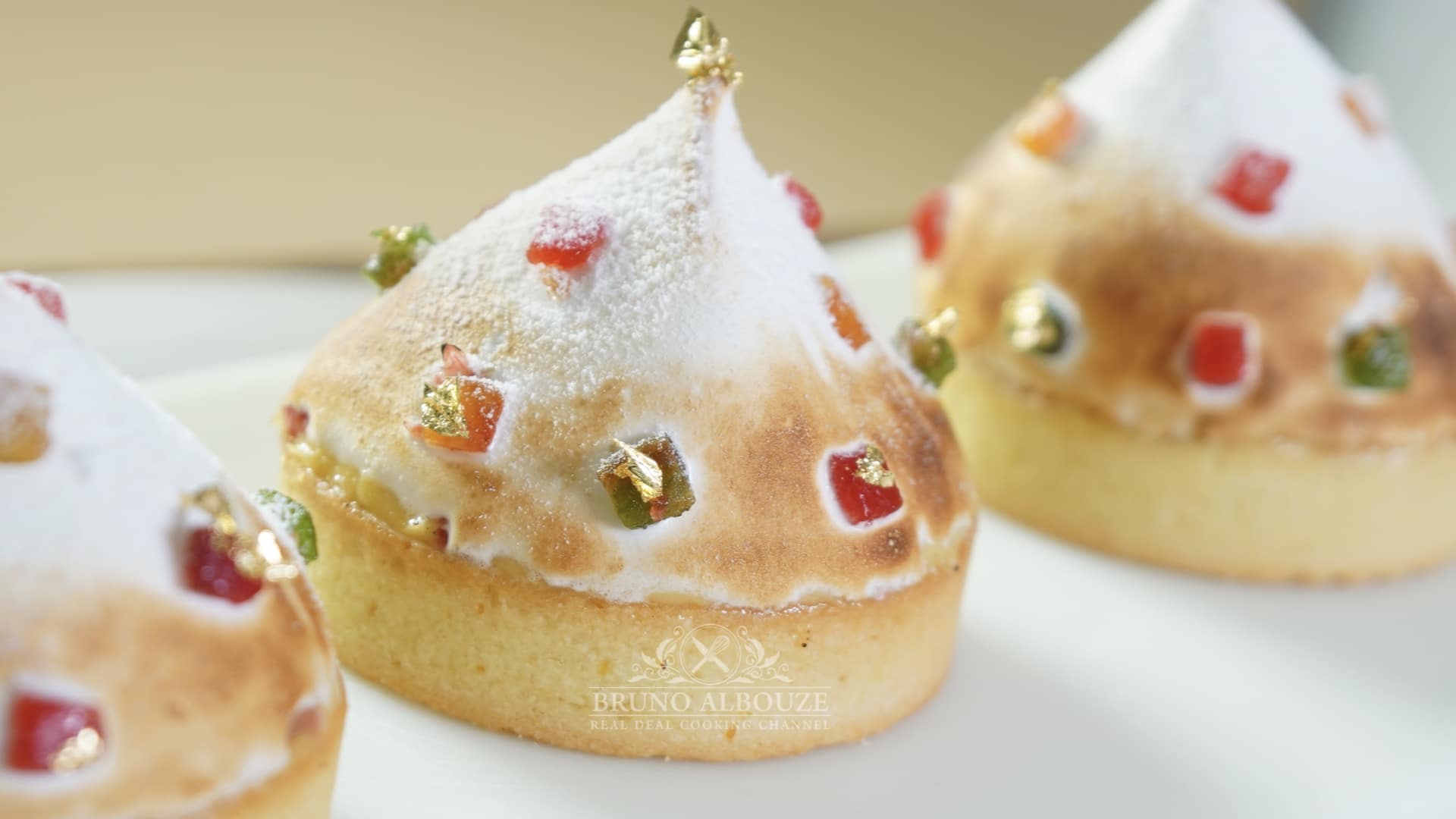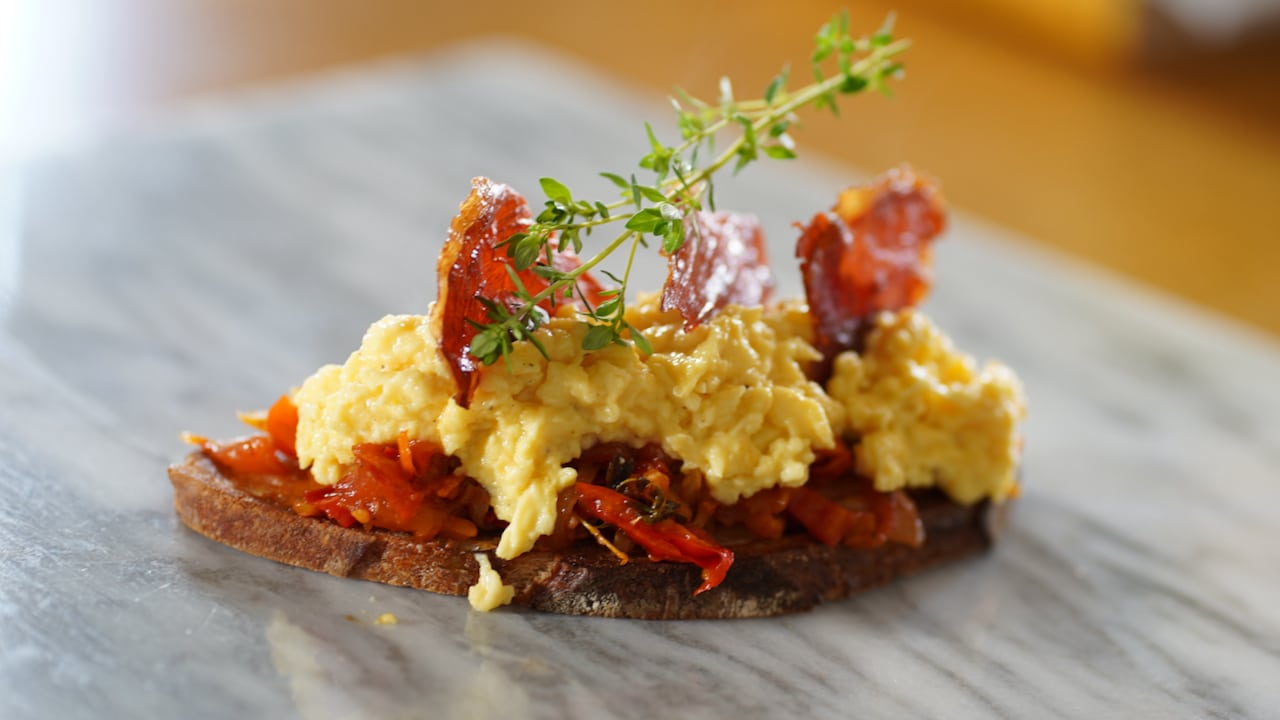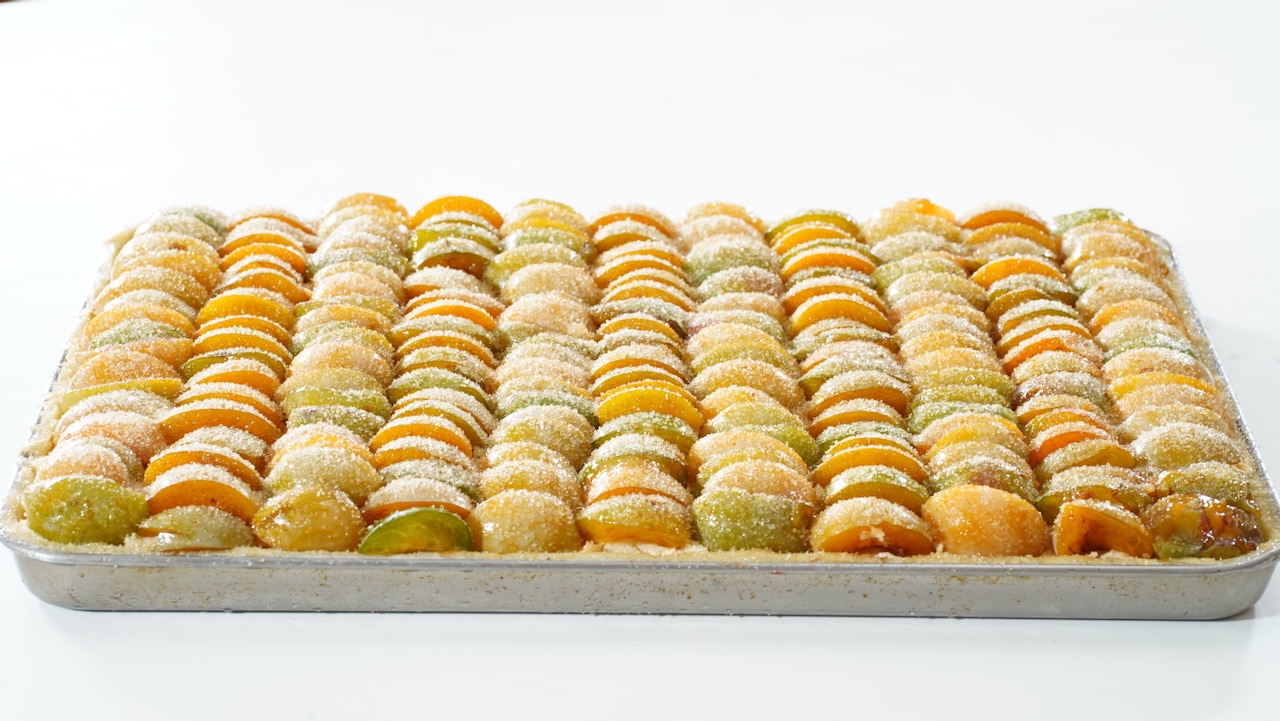Vienna Bread
For the sandwich enthusiast seeking both substance and style, Vienna bread, or pain viennois, is a quiet revelation. It occupies a perfect, golden mean in the world of baked goods: imagine the slender, elegant crust of a classic baguette, but thinner, giving way to an interior that is unapologetically soft, tender, and subtly sweet. This is the soul of pain viennois—a cross between the crackling austerity of a traditional baguette and the pillowy embrace of pain de mie. While mastering the perfect French baguette, with its demanding hydration and slashing technique, is a rite of passage for any serious baker, the pain viennois offers a more accessible path to artisanal excellence. Its enriched dough, often containing a touch of milk and butter, is more forgiving and easier to shape, making it a welcome shortcut without any sacrifice on flavor or quality. This versatility is its superpower. The fine, soft crumb provides a sturdy yet yielding canvas that won't scrape the roof of your mouth, while the thin, fragile crust shatters satisfyingly with each bite. It is the ideal vehicle for a wide range of creations: from classic stuffed sandwiches where its structure holds up to generous fillings, to pressed paninis that achieve a sublime, buttery crunch, to any and all picnic projects where its elegant form and delightful texture turn a simple meal into a small event.
Please note that the full access to this content needs a subscription: please sign up.
For the sandwich enthusiast...
This recipe is a protected and only available for paid members. To obtain the full step by step recipe and detailed ingredients list, please sign up.
Preview the recipe
Hand kneading Instruction
- Dry milk can be replaced by using whole milk in place of the water. Use an equal amount by volume. In a large bowl, combine all ingredients until a cohesive dough ball forms. Transfer the dough to a clean, unfloured work surface. Knead using the palms and heels of your hands, pushing the dough away from you, then folding it back over itself.Continue kneading for 8 to 10 minutes. It is important not to add any extra flour, as this will change the dough's texture. The dough is properly kneaded when it is smooth, slightly tacky but not sticky, and has reached an internal temperature of 75-80°F (24-27°C).
Fermentation
- Place the dough in a large, lightly greased bowl. Turn the dough over once to coat it lightly in oil. Cover the bowl tightly with plastic wrap or a damp kitchen towel. Let the dough rise in a warm, draft-free place (ideally 75-85°F / 24-29°C) for approximately 30 minutes, or until it has almost tripled in volume.
Shaping & Proofing
- Turn the dough out onto a clean work surface. (No extra flour is needed.) Divide the dough into 9 equal pieces, each about 100g. Gently pre-shape each piece into a round, then cover them with a damp kitchen towel and let rest for 15 minutes. After resting, deflate each round and shape it tightly into a bun approximately 8 inches (20 cm) long. Place the buns seam-side down on a parchment lined baking tray, spacing them 4 to 5 per tray. Apply an egg wash to the surface of each bun. Using the tip of a razor blade or a very sharp paring knife, carefully make a few shallow, diagonal slashes along the top of each bun. Cover the trays and let the buns proof for about 1 hour, or until puffy and nearly doubled in size.
Baking
- For best results when baking bread, using a pizza or baking stone is highly recommended. The stone creates crucial thermal mass, which helps generate a burst of steam for a superior oven spring and a crispier crust. Position your oven rack in the lower third. If your oven has a "Bake" setting (without convection/fan), use that. Place the baking stone on the rack and preheat the oven to 450°F (230°C) for 25 minutes to ensure the stone is fully heated.Carefully slide the proofed buns on parchment onto the hot stone. Bake for about 15 minutes. Once golden, remove the buns from the oven and transfer them immediately to a wire rack to cool completely to room temperature. Enjoy!
Storage
- Keep the Vienna bread at room temperature for up to 2 days. For longer storage, freeze it for up to 3 months.
Ready to discover this recipe? You're only 1 step away.
This recipe is only accessible to registered members!
Create your account to access all recipes and content of my website.
Join us now and enjoy more 800 recipes (Mostly French with European Influences, American Classics and Asian fusion)
Already register? Sign in
Want to see more tasty recipes?
The kitchen is an incredible playground where every ingredient, every recipe, every flavor, is both a destination and a path to new discoveries. I always strive to introduce you to new taste horizons through my recipes. Did you enjoy this one? If so:Have you tried my Whole Wheat Pain De Mie recipe? Are you ready for the Sourdough Bread step by step video recipe? This detailled video recipe of Rustic Loaf Bread is a classic.You might also like these contents...
Enjoy these free access recipes
Entrees
How To Cut Potato Gratin
Cooking techniques
Deboning A Turkey Leg
Entrees
Rustic Ratatouille
Daily summer Recipe
Plum Slab Pie
Free Recipes
Chocolate Sauce
Free Recipes
Apricot Sablé Breton
Desserts
Sundae Ice Cream
Free Recipes
How To Decorate Ice Cream Cones
Free Recipes
Tapenade
Amuse Bouche
Zucchini-Basil Gazpacho
Free Recipes
Filo Flower
Entrees


